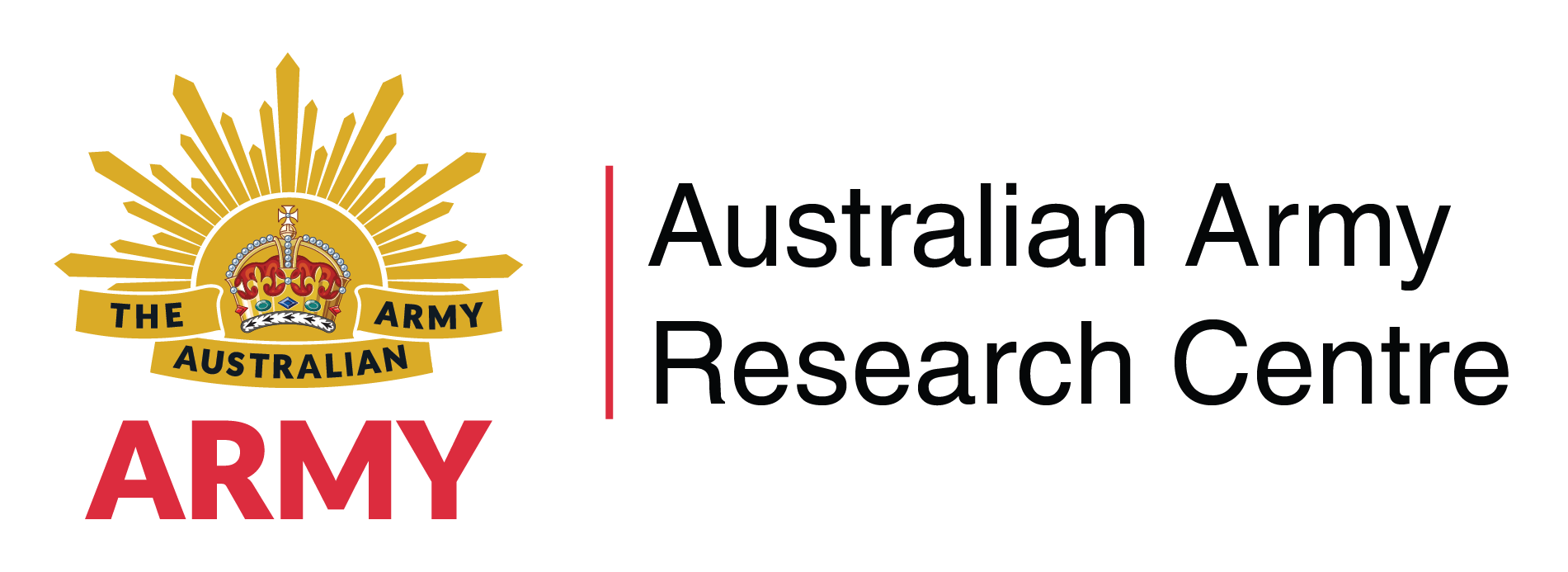Search
Using the filters to the left, click your selection, it will become bold and filter the results, click it again to remove that filter.
Australian Operations to Degrade the Islamic State—2014–2024 Executive Summary Beginning in 2014, the Australian Defence Force (ADF) was committed to Operation Okra in the Middle East, with the aim of degrading the Islamic State, ISIS, or Daesh. This objective was ultimately achieved in 2018, although ongoing operations monitoring the threat have since continued. It has now been a decade since the commencement of this intervention, which the ADF formally concluded in December 2024. The Chief of Defence …
Executive Summary The ongoing conflict in Ukraine, originating with the Russian invasion in 2014 and escalating significantly following the full-scale invasion in February 2022, has exerted a profound influence on global security dynamics as well as on the future direction of war. While the likelihood of achieving a peaceful resolution by 2025 remains remote, the war has offered invaluable insights into contemporary warfare, specifically in the areas of advanced technological applications, strategies for …
Chief of Army’s Foreword Welcome to the 2025 edition of the Chief of Army Professional Study Guide. The Australian Army is at once a national institution, a profession and a fighting force, which has proudly served our nation since its federation in 1901. This study guide contributes to maintaining the health of the Army profession. Our profession is expressed through three pillars: our jurisdiction (the unique service that we provide for the society we serve), our expertise (the professional body of …
We studied everything we could get our hands on. You start working hard right from the first. You can’t say later in life I will start studying. You have got to start in the beginning. Omar Bradley Introduction This reading list is designed to prepare you for service. The profession of arms is the most unforgiving and competitive of professions. The consequences of failing are significant for yourself, your comrades and the nation you serve. Training, preparing for and participating in competition and …
This reading list comprises notable works on littoral manoeuvre. It is by no means exhaustive, nor is it prescriptive. Reading lists are often a fraught endeavour: there are countless books, articles, reports, blogs, and podcasts concerned with any topic one might choose to study. As such, it is often better to present a selection of works with the caveat that what follows is a guideline on some of the most notable literature on the topic, in this case, ‘littoral manoeuvre’. The following works are all …
Abstract In 2021–2022, the 1st Battalion, Royal Australian Regiment (1 RAR), experimented to develop a ‘disrupt force’ consisting of light infantry augmented with uncrewed aerial systems and ground vehicles. This group operated ahead of other forces to report on the opposing force, but also ambushed enemy reinforcement and withdrawal routes. The disrupt force actively attacked and degraded opposing forces and their plans, isolating objectives and setting the conditions for friendly combat teams to conduct …
The Australia of 2020 is amid a health and economic crisis that it did not fully anticipate, after a bushfire emergency of such significance that wartime provisions for a military response were required, while witnessing dramatic shifts in the geostrategic environment. The complexity of circumstances defies memory, with events of historic scale and significance. It has been a challenge for the Army, as part of the Australian Defence Force (ADF), to respond to this confluence of problems. This is not a …
Achieving that Long-Desired Information Advantage Foreword This thoughtful and candid article from Jason Logue addresses challenges and opportunities within the Australian Defence Force (ADF) regarding the evolution of operations in the information environment. While he focuses on his experiences within the ADF, his characterisation, observations and views are consistent with US challenges based upon my almost 30 years of experience as US Department of Defense Information professional. Essentially, Grey …
During the latter months of 2019 and the new year of 2020, Australia experienced catastrophic and widespread bushfires. As the situation worsened, the federal government unexpectedly called out the Australian Defence Force (ADF) Reserves to bolster an already significant deployment of ADF regular forces to contribute to a massive interagency and volunteer community response. This deployment was the largest ever peacetime domestic ADF operation in response to a natural disaster. The ADF responding to …
Army in the 21st Century (A21) and Restructuring the Army (RTA) were two related force structure initiatives undertaken by the Australian Army in the 1990s. A21 radically proposed to abolish traditional divisional/corps structures, fielding instead independent task forces with embedded combat arms. The RTA trials tested A21 concepts and capabilities over several years; yet A21/RTA was abandoned in 1999. What happened, why, and what lessons does A21/RTA offer? This retrospective appraisal of A21/RTA is a …









